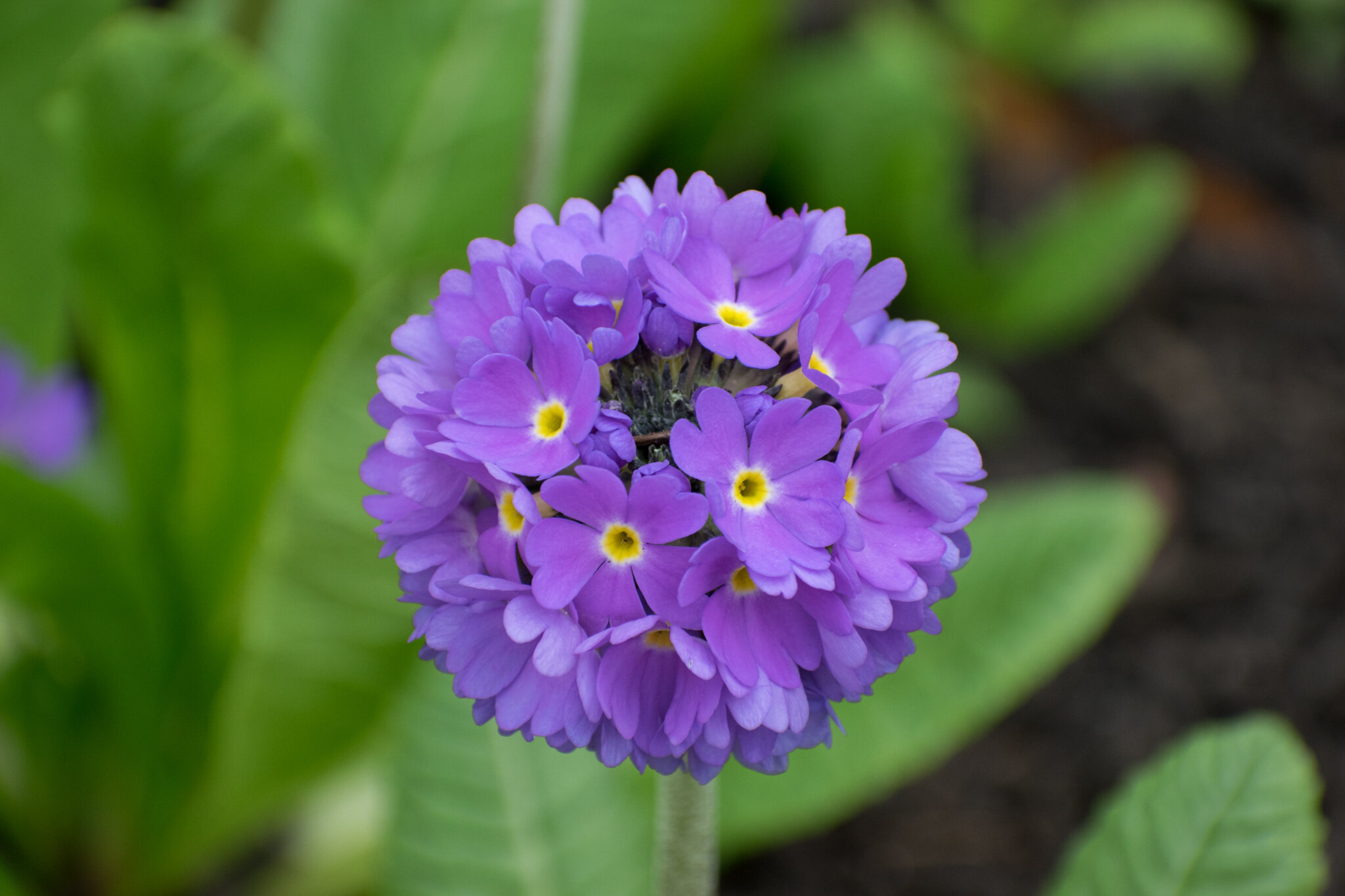
Primula, often known as primrose, is a charming flower that brightens gardens with its vibrant colors. But did you know there's more to this plant than just its beauty? Primula belongs to a large genus with over 500 species, each with unique characteristics. These flowers thrive in cool climates and are often among the first to bloom in spring, symbolizing renewal and hope. They come in various colors, including pink, purple, yellow, and white. Beyond their visual appeal, some species have medicinal properties, historically used to treat ailments like insomnia and headaches. Ready to learn more fascinating facts about Primula? Keep reading!
Primula: A Brief Overview
Primula, commonly known as primrose, is a genus of flowering plants with over 500 species. These vibrant flowers are beloved for their bright colors and early spring blooms. Let's dive into some fascinating facts about these charming plants.
Historical Significance
Primula has a rich history and cultural significance across various regions.
- Ancient Symbolism: In ancient times, primroses symbolized youth and renewal due to their early spring appearance.
- Medicinal Uses: Historically, primroses were used in traditional medicine to treat ailments like insomnia and headaches.
- Victorian Era: During the Victorian era, primroses were a symbol of young love and were often included in romantic bouquets.
Botanical Characteristics
Understanding the unique features of primula can help appreciate their beauty and diversity.
- Variety of Species: There are over 500 species of primula, each with unique colors and shapes.
- Flower Structure: Primula flowers typically have five petals, often forming a tube-like structure.
- Leaf Arrangement: The leaves of primula are usually basal, forming a rosette at the base of the plant.
- Color Range: Primula flowers come in a wide range of colors, including pink, purple, yellow, and white.
Growing Conditions
Primula plants have specific needs to thrive, making them a bit particular but rewarding to grow.
- Soil Preference: Primulas prefer well-drained, moist soil rich in organic matter.
- Light Requirements: They thrive in partial shade, making them perfect for woodland gardens.
- Watering Needs: Regular watering is essential, especially during dry spells, to keep the soil consistently moist.
- Temperature Tolerance: Primulas can tolerate cool temperatures but may struggle in extreme heat.
Ecological Importance
Primula plants play a significant role in their ecosystems.
- Pollinator Attraction: These flowers attract a variety of pollinators, including bees and butterflies.
- Habitat Creation: Primulas provide shelter and food for small insects and other wildlife.
- Soil Health: Their roots help improve soil structure and prevent erosion.
Popular Varieties
Some primula species are particularly popular among gardeners and plant enthusiasts.
- Primula vulgaris: Also known as the common primrose, it is one of the most widely recognized species.
- Primula auricula: Known for its striking, waxy flowers, this species is often grown in alpine gardens.
- Primula veris: Commonly called cowslip, this species has bright yellow flowers and is often found in meadows.
- Primula japonica: This Japanese primrose is known for its tall flower spikes and vibrant colors.
Fun Facts
Here are some quirky and lesser-known facts about primula.
- Edible Flowers: Some primula flowers are edible and can be used to garnish salads and desserts.
- Primrose Day: In the UK, April 19th is celebrated as Primrose Day in honor of Prime Minister Benjamin Disraeli, who loved these flowers.
- Hybridization: Many primula species can hybridize, leading to a vast array of unique and colorful varieties.
- Fragrance: Some primula species have a delightful fragrance, adding an extra sensory dimension to their beauty.
Conservation Efforts
Conserving primula species is crucial for maintaining biodiversity.
- Endangered Species: Some primula species are endangered due to habitat loss and climate change.
- Conservation Programs: Various botanical gardens and conservation organizations work to protect and propagate rare primula species.
- Seed Banks: Seed banks play a vital role in preserving the genetic diversity of primula plants for future generations.
Cultural References
Primula has made its mark in literature, art, and folklore.
- Literary Mentions: Primroses are mentioned in works by Shakespeare and other classic authors, symbolizing beauty and youth.
Primula's Fascinating World
Primulas, often called primroses, are more than just pretty flowers. These plants have a rich history, diverse species, and unique characteristics that make them stand out in the botanical world. From their medicinal uses to their role in cultural traditions, primulas have woven themselves into the fabric of human life. They thrive in various climates, showcasing their adaptability and resilience. Whether you're a seasoned gardener or a curious nature lover, there's always something new to learn about these charming blooms. Their vibrant colors and delicate petals can brighten any garden, making them a favorite among plant enthusiasts. So next time you see a primula, remember the fascinating facts behind this humble flower. Dive into the world of primulas and let their beauty and history inspire you.
Was this page helpful?
Our commitment to delivering trustworthy and engaging content is at the heart of what we do. Each fact on our site is contributed by real users like you, bringing a wealth of diverse insights and information. To ensure the highest standards of accuracy and reliability, our dedicated editors meticulously review each submission. This process guarantees that the facts we share are not only fascinating but also credible. Trust in our commitment to quality and authenticity as you explore and learn with us.
